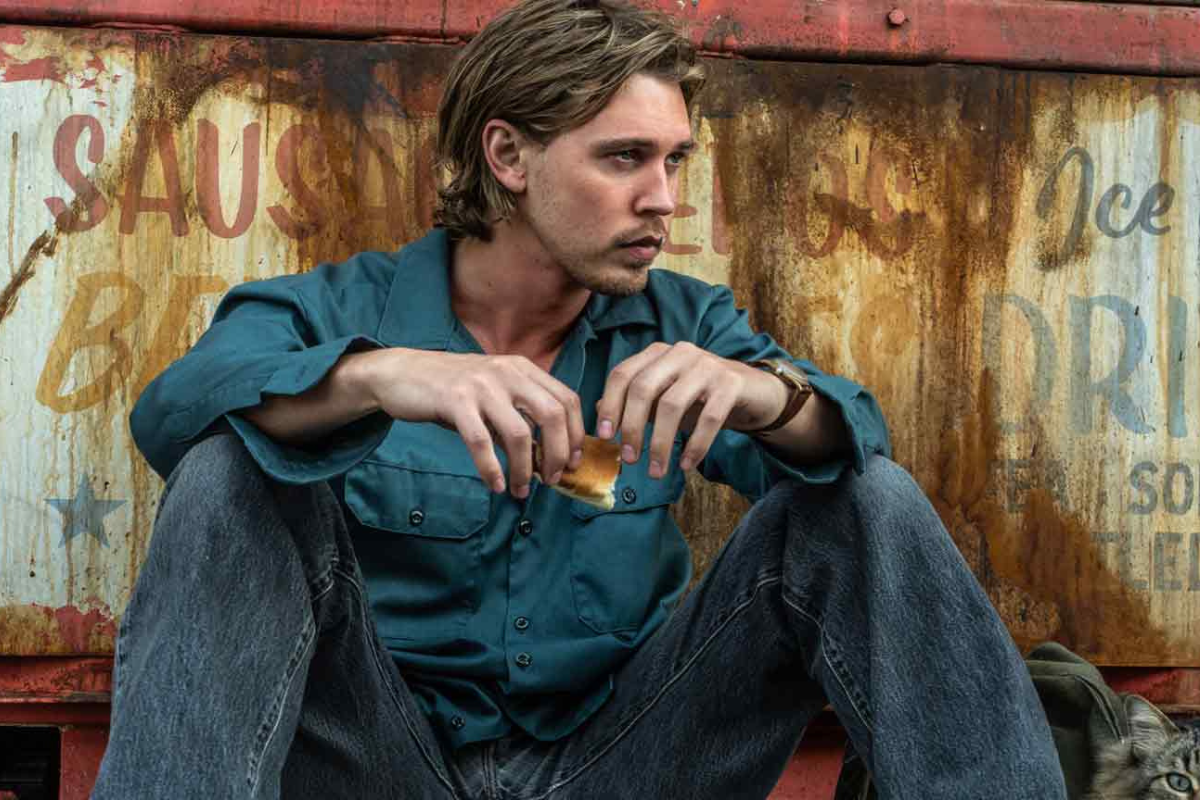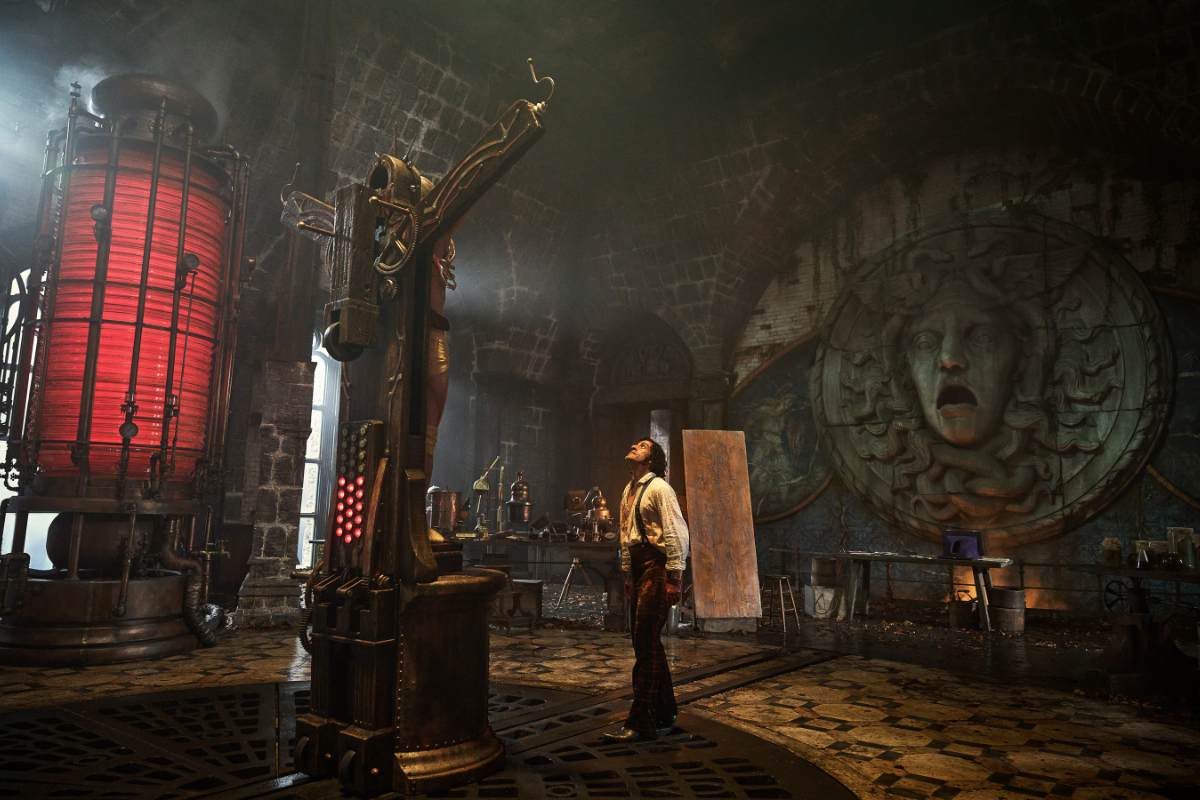‘Highest 2 Lowest’: A Kurosawa Remix
For screenwriters looking to adapt older source material, this might be a much more effective way to approach adaptations.
Many years ago, on the streets of Park City during the Sundance Film Festival, I was walking along with a film sales agent representing a documentary film I’d produced. Coming down the hill was a man in gray sweats, an electric blue ski jacket two-sizes too big, a neon green toque, and mirrored aviator sunglasses. “Here comes Jeff, I’ll introduce you,” our sales agent said. “You’ll want to meet him.”
As the man approached, he looked completely out of place for Sundance, where everyone seemed to dress elegantly, even in the freezing temperatures and carried themselves with grace. This man seemed to shuffle along as lazily as possible and shivered with every step. “This is Jeff Dowd,” the sales agent said. “He was the inspiration for the Dude in The Big Lebowski.”
Suddenly, the attire and the way he carried himself made sense. Dowd was a film buyer, trawling through Sundance for films to buy himself. “Yeah, well, I wasn’t, like, the Dude per se. Joel and Ethan used me more like an satirical jumping off point.”
And with that one sentence I could see exactly how Dowd had inspired The Big Lebowski and the character of the Dude, but the phrase “satirical jumping off point” stuck with me forever. And taking something as your jumping off point and moving from there as a concept that really landed hard with me.
As I watched Spike Lee’s most recent film Highest 2 Lowest, those were the words I was thinking.
A jumping off point.
Rather than an adaptation of Akira Kurosawa’s High and Low (or “Heaven and Hell” as the title is more directly translated), the source material is more of a jumping off point than an adaptation. Lee was able to make the material his own and explore far different themes and make the movie much more personal to him and the things he wanted to explore and found important, rather than try to recreate Kurosawa’s film in a new time and place.
For screenwriters looking to adapt older source material, this might be a much more effective way to approach adaptations.
The original film, High and Low, tells the story of King Gondô (Toshirô Mifune) a shoe magnate who has worked his way up from the bottom of the company to the top. He’s finally assembled enough money to buy out controlling interest in the company from those who would sacrifice the quality the company has been known for in order to make more profits. As he’s getting ready to make the deal, he receives a call and told that his son has been kidnapped and the ransom money is close to the same amount he’s raised to buy the controlling interest in the company. There’s no question that he’ll save his son at the cost of his professional life. But when his son walks in the room, confusion sets in. His loyal chauffeur reveals that his son was playing with Gondô’s child and there was a mix-up. With the kidnapper demanding that Gondô pay the ransom anyway or he’ll kill the boy regardless, Gondô must make a decision. Ultimately, he decides to use the money to save the child of his employee.
The police promise to recover the money, but this proves to be a long and difficult process that ruins Gondô. He’s forced to sell his possessions and lose his position. So much of the film is dedicated to him being ground up by the loss of the money and the pursuit of its retrieval, but the knowledge that he did the right thing.
In Lee’s Highest 2 Lowest David King (Denzel Washington) is a magnate in the New York music scene and is assembling the cash to buy controlling interest of the record label he started. Both his son and the son of his driver (who have been aged up to seventeen) get dropped off at basketball practice where one of them is kidnapped. Just like in the original material, the driver’s son is the one who is kidnapped and King is left with a choice. Where the Kurosawa film dealt briefly with the agony of this dilemma, David King struggles for much longer with this dilemma and this creates one of the most compelling scenes in the movie. He talks to his own son who chews him out for even considering not paying the ransom for the other kid. It’s heartfelt and underlines the moral quandary in a way that brings it into sharp focus.
There are very obvious contrasts between Akira Kurosawa’s film and Spike Lee’s, and on a superficial level we can explore them easily. The location changed from Tokyo to New York. The time period changed from Post-War Japan to a gilded-age modern United States. The shoe manufacturing was traded for the music industry. But thats all on the surface—though Spike Lee mines those superficial changes for all they’re worth. The real heart of the change is where Lee takes the original film as that jumping off point. He’s interested in exploring different dilemmas and themes for the film overall and ends on a slightly different note. Ultimately, the Kings, David and Gondô both, find a back to basics approach in their professional lives. They lose their grip on the companies they worked so hard to claw back and have to start back from the ground level.
One of the places where Lee departs most drastically, though, is in his reasons for aging up David King’s son. You see, in music taste is everything. And David King’s son is out listening for him. Through the film, he’s suggesting music for his father to produce, but his father is dismissive of it, instead chasing sure things coming in from his studio. As the film ends and David realizes what’s important to him, he’s finally giving the singer his son recommended a shot.
The other largest departure comes in the propulsive climax of the film where David King and his driver take the law into their own hands, searching for the missing money themselves. Guns in hand, they seek out the kidnapper, tracking him down to his recording studio. There, Spike Lee gives Denzel Washington and A$AP Rocky the most electrifying scene in the film, separated between a pane of glass. They rap a confrontation about what’s important and circle each other like verbal vipers until shots ring out. It’s tense and without the scores of changes made to the script from the beginning, from the themes and locations, to characters and motivations, we couldn’t have arrived at this electric scene that plays to all of Spike Lee’s strengths.
For screenwriters, the lesson to take away is to not tie yourself to the source material as though it’s an anchor that will weigh you down and keep you in one place. Use it as that jumping off point and let it take you where ever it will go. Explore what you want to explore with it; for Spike Lee, it was creating one of his signature joints with the DNA of Akira Kurosawa, a treat for film fans in the know. This approach allows us, as the audience, to further separate what we loved of the original from what we might love about a new interpretation. I’m a huge fan of Kurosawa’s version, and I really loved where Spike Lee took this iteration. It felt like it had his indelible thumb-print on it, with his unique cinematic version of New York writ large on the big screen, exploring themes that seem important to him at this point in his career in an extremely meta way.
Both versions of the story, Kurosawa’s High and Low, and Lee’s Highest 2 Lowest are worth watching and studying. Kurosawa’s is available through the Criterion Collection. Lee’s, produced by AppleTV and A24, is currently in limited theatrical release and streaming on AppleTV+.
Bryan Young is an award-winning filmmaker, journalist, and author. He's written and produced documentary and narrative feature films and has published multiple novels and a non-fiction book. He's written for Huffington Post, Syfy, /Film, and others. He's also done work in the Star Wars and Robotech universes. You can reach him on Twitter @Swankmotron or by visiting his website: swankmotron.com.







